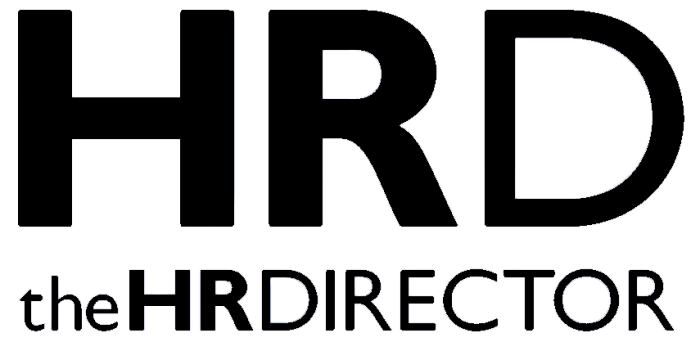When it comes to running a business, the importance of staying on top of HR compliance is non-negotiable, particularly in the area of payroll. Payroll compliance goes beyond handing out paychecks on time; there are checks to verify accurate tax data, record keeping, and adherence to ever-changing regulations. The wrong move, however, can have expensive consequences, a disgruntled workforce, or the tarnishing of your company’s reputation.
In this guide, we’re going to cover some basic steps HR professionals and payroll teams can follow to tighten up their compliance strategy, from ensuring that employee and contractor tax information is correct to refining internal processes and leveraging beneficial capabilities, such as TIN Matching, to drive better accuracy.
Why Payroll Compliance Matters
Payroll compliance is the rules and processes that businesses need to adhere to for employee compensation. It touches on tax withholding and reporting, filing deadlines and classification rules. Even minor mistakes — like putting the wrong name or tax ID on a certain form — can lead to an audit, fines or even criminal prosecution.
That’s why getting your payroll practices accurate, proactive, and fully compliant with IRS requirements is essential to the health and longevity of your business.
Common Payroll Pitfalls That Hurt HR Compliance
Before you can enhance your compliance strategy, you first need to know what the most common payroll errors that businesses run into are:
1. Misclassifying Employees and Contractors
A big issue is misclassifying workers as independent contractors who should be employees (or the other way around). This can result in missed tax withholdings, unpaid benefits and costly back payments if caught by the IRS.
2. Using Inaccurate or Unverified Tax Information
Forms can get rejected, tax filings can be delayed, and penalties from the IRS can follow if SSNs, TINs or names are missing or don’t match up properly. These errors are common and stem from not verifying data at the point of hire or contract.
3. Missing Payroll Deadlines
Of course, late deposits and filings make your compliance history look bad and may even incur penalties and interest. It is crucial to stay on top of all due dates.
4. Poor Record-Keeping
Another common compliance mistake is failing to keep payroll documents, timesheets, and tax forms for the proper amount of time. This becomes a problem when it comes to audits or employee disputes.
5. Failing to Stay Up to Date on Regulations
Laws on the federal, state, and local levels are subject to frequent change. What was compliant six months ago might not be compliant today. HR teams need to stay up-to-date on changes affecting payroll practices on a routine basis, particularly the details surrounding minimum wage, benefits, and tax reporting.
The Importance of Verifying Tax Information
Tax accuracy is the core of payroll compliance — and that begins with confirming employee and contractor information. Their tax information serves as the basis for all of their paychecks, all of their reports, and all of their filings when an individual is onboarded.
Here’s what that process should look like:
Confirming Legal Names and TINs
Check that the name and Taxpayer Identification Number (be it SSN or EIN) matches IRS records. A simple typo can create a mismatch.
Verifying Work Authorization and Classification
Verify the worker’s legal eligibility to work in the U.S., and make sure they’re properly classified as a W-2 employee or a 1099 contractor.
Requesting and Reviewing Forms
W-4 (for employees) or W-9 (for independent contractors) forms should be completed and saved. These forms contain essential data used for tax withholding and reporting.
Checking for Red Flags
If something looks off or suspicious — a placeholder TIN, for example, or a name not matching documentation, or conflicting addresses — it’s worth some investigation before running payroll.
Why Accurate TINs Matter
The IRS uses Taxpayer Identification Numbers (TINs) to track tax obligations and to reconcile income reporting with individuals or businesses. If the number shown on a form doesn’t match the name on record, you may receive:
- Rejected filings (such as 1099s)
- IRS backup withholding requirements
- Fines and penalties for incorrect information
- Delays in processing or audits
This can help prevent a cascade of compliance issues by verifying this information ahead of time before filing.
How TIN Matching Helps
The IRS provides a service called “TIN Matching” where businesses and payers can check that the name and TIN combination matches before submitting information returns. It’s a quick and reliable way to verify contractor and vendor information — and prevent mismatches that lead to IRS letters and penalties.
Simplifying the verification usually involves third-party tools, for example EINsearch’s TIN Matching service. These tools allow HR and payroll pros to validate EINs against IRS records to provide even greater certainty in the information they’re collecting.
Best Practices to Strengthen HR Payroll Compliance
If you really want to create a payroll process that complies with all laws, here are some best practices to follow:
1. Implement a Thorough Onboarding Process
Gather all your documents up front and use checklists, so you ensure that new employees or contractors submit completed W-4 or W-9 forms, valid identification and direct deposit information. For contractors, we require signed agreements that detail classification and payment terms.
2. Schedule Regular Tax ID Verifications
It’s not enough to verify information just once. Schedule reminders to check periodically that employee and contractor tax details are still up to date — particularly before you send annual tax returns such as W-2s or 1099s.
3. Use Payroll Software with Compliance Features
Today, modern payroll platforms can calculate taxes automatically, generate filing reports, and even let you know about any compliance red flags. Opt for a solution that meets state and federal requirements as well as integrates with your HR systems.
4. Provide Ongoing Training for HR Staff
Laws and regulations are constantly changing so retraining is necessary. Have your HR and payroll teams updated on the classification rules, wage laws, and reporting requirements. This minimizes expensive mistakes, as well as keeps everyone on the same page.
Staying Ahead of Regulation Changes
Possibly the largest hurdle of HR compliance is acting in accordance with changing legal requirements. With changes to contractor classification at the federal level and shifts in some local tax reporting opportunities, businesses must keep their ears to the ground.
To keep ahead:
- Subscribe to IRS and Department of Labor newsletters
- Follow updates from trusted payroll or HR platforms
- Consult with legal or tax professionals during major process changes
Being proactive rather than reactive offers your business greater control over compliance — and safeguards it against surprise penalties.
Final thoughts
HR compliance, especially when it comes to payroll, is all about accuracy and planning. Verifying tax information for every new employee and contractor ensures a solid foundation for accurate filings, timely payments, and fewer headaches with the IRS.
No system is 100% failsafe, but developing strong habits surrounding verification, training, and technology put your business in the best place to remain compliant — and one step ahead.







